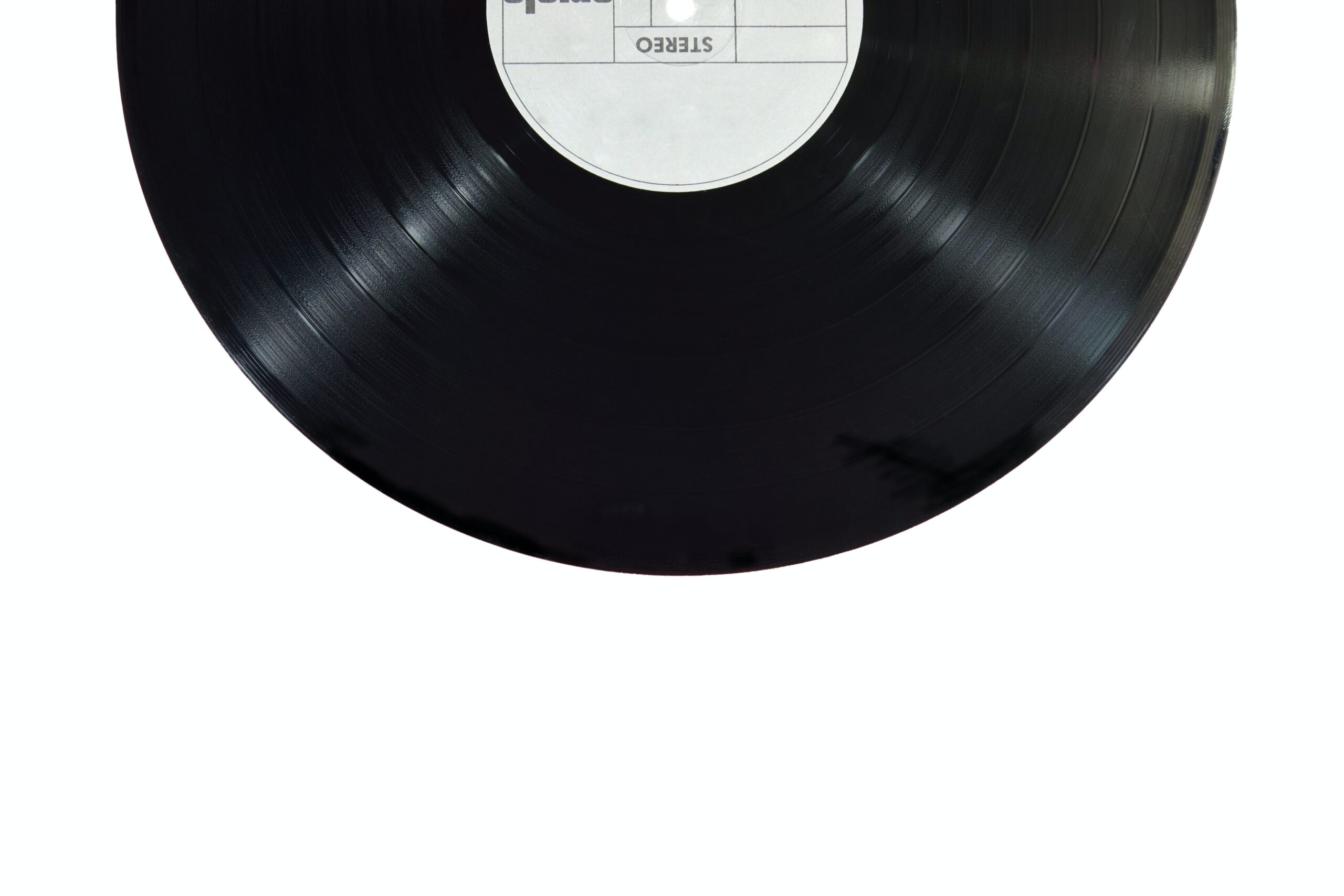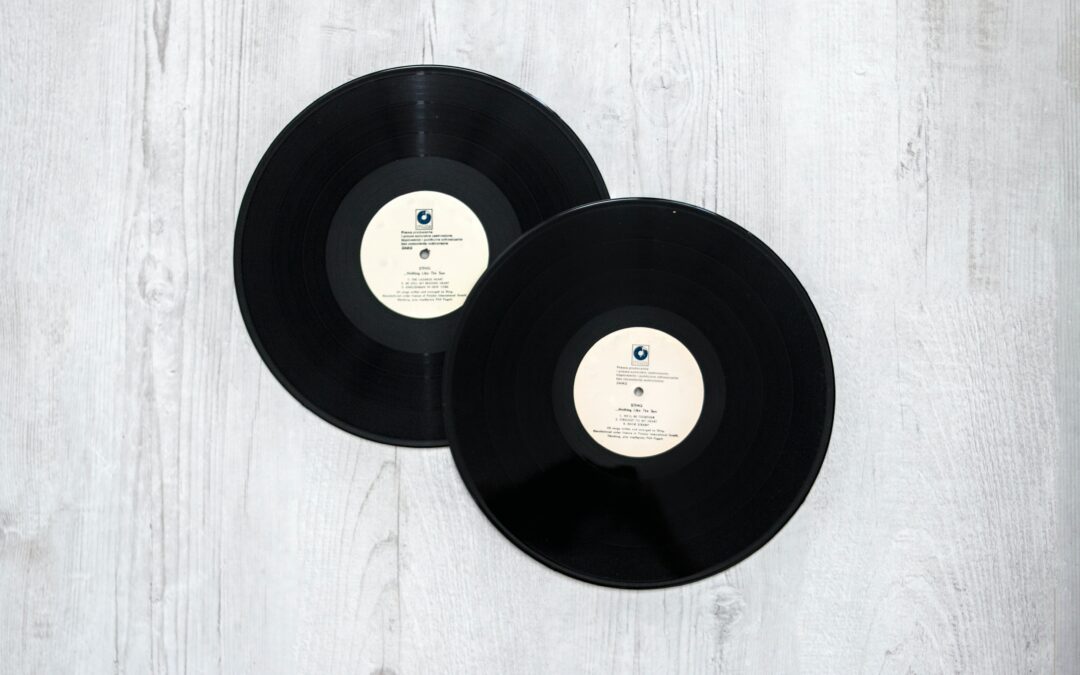Introduction
In the ever-evolving landscape of the music industry, independent artists have more opportunities than ever to reach global audiences and earn a living from their craft. However, with these opportunities come complex challenges, especially when it comes to music licensing and royalties.
In this comprehensive guide, we will explore the world of music licensing and royalties for independent artists, offering insights from credible sources and real-life examples from popular musicians.
I. Types of Music Licenses
Performance Rights
Performance rights are a critical aspect of music licensing, and they provide artists with income when their music is played in public. Public Performance Rights Organizations (PROs) like ASCAP, BMI, and SESAC collect royalties on behalf of artists and songwriters.
These organizations ensure that artists receive compensation when their music is performed in various settings, from live concerts to radio airplay.
Example: Taylor Swift’s success in enforcing her performance rights against Apple Music in 2015 is a notable example. Swift publicly criticized Apple for not paying royalties during their three-month free trial period, prompting Apple to change its policy and compensate artists.
Mechanical Rights
Mechanical rights refer to the reproduction of music in various formats, such as CDs, vinyl records, and digital downloads. Mechanical licensing agencies like the Harry Fox Agency facilitate the process of obtaining mechanical licenses for independent releases, ensuring that artists receive compensation for the reproduction of their music.
Example: Adele’s album “21” generated significant mechanical royalties due to its widespread physical and digital sales. Adele’s success demonstrates the importance of understanding and securing mechanical licenses for commercial releases.
Synchronization Rights
Synchronization rights involve licensing music for use in visual media like films, TV shows, and commercials. Independent artists have increasingly found opportunities in sync licensing, as music plays a pivotal role in enhancing storytelling and emotional impact in visual content.
Example: Indie band The Lumineers gained recognition when their song “Ho Hey” was featured in the hit TV show “Hart of Dixie.” This sync licensing placement contributed to the band’s rise to fame and showcased the potential benefits of sync licensing for independent artists.
Checkout: Understanding Artist Development in the Music Industry
II. Streaming Platforms and Digital Royalties
Digital distribution and streaming services have revolutionized the music industry, offering independent artists a global platform to share their music. However, understanding how royalties are generated on these platforms is essential for maximizing earnings.
Example: Chance the Rapper is a prime example of an independent artist who leveraged streaming platforms to gain recognition. His mixtapes, initially released for free on platforms like SoundCloud, led to a massive fan base and later lucrative recording deals.
Digital Distribution and Streaming Services
In recent years, streaming platforms like Spotify, Apple Music, and YouTube have become primary means of music consumption. These platforms grant independent artists access to a massive, diverse audience they might not reach through traditional means.
Royalty Rates and Payouts
Different Types of Digital Royalties: Independent artists should be aware of the various royalty types generated through streaming platforms, including performance royalties and mechanical royalties. Streaming services pay performance royalties to songwriters and publishers and mechanical royalties to artists and record labels.
Calculating Royalty Payments: Understanding how royalties are calculated is crucial. Royalty calculations depend on factors like the streaming service’s revenue, the artist’s agreement with a record label, and the artist’s share of revenue.
Strategies to Maximize Digital Royalty Earnings: Independent artists can employ several strategies to boost their earnings from streaming platforms. Collaborating with playlist curators, promoting tracks across social media, and releasing music consistently can all contribute to increased streams and, subsequently, higher royalties.
Example: Post Malone, while signed to an independent label, achieved extraordinary success on streaming platforms. His hit single “Rockstar” accumulated billions of streams, solidifying his position as a streaming sensation and highlighting the revenue potential for independent artists.
Challenges and Opportunities
While streaming platforms offer immense opportunities, they also come with challenges, especially for independent artists.
Discoverability: With millions of songs available, getting noticed on streaming platforms can be daunting. However, artists can use data analytics and music marketing strategies to improve their discoverability.
Earnings vs. Exposure: Some argue that the low per-stream payouts on streaming platforms can make it difficult for independent artists to generate significant income. However, the exposure gained through streaming can lead to other revenue streams, such as ticket sales and merchandise.
Ultimately, streaming platforms have democratized the music industry, enabling independent artists to reach global audiences. However, navigating the world of digital royalties requires a deep understanding of the royalty types, calculations, and strategies for maximizing earnings.
While challenges exist, artists like Billie Eilish, Post Malone, and Chance the Rapper have shown that success is attainable for those who harness the potential of streaming platforms to their fullest.
III. Licensing for Film, TV, and Commercials
Sync licensing can be a game-changer for independent artists, providing exposure and income through placements in visual media. Popular TV shows and commercials frequently feature independent music, offering a significant opportunity for exposure.
Example: Indie folk band Of Monsters and Men’s song “Dirty Paws” was prominently featured in the trailer for the movie “The Secret Life of Walter Mitty.” This sync placement introduced their music to a global audience, illustrating the impact of sync licensing on an artist’s career.

IV. International Licensing and Royalties
Expanding your music’s reach globally can open up new revenue streams but also come with challenges. Independent artists like Ed Sheeran have demonstrated the power of international licensing by touring and releasing music worldwide.
Example: Ed Sheeran’s song “Shape of You” achieved international success, and Sheeran’s touring efforts played a pivotal role in his global recognition. International royalties from his music’s performance in various countries further solidified his success.
Checkout: How Music Festivals Impact the Local Economy
V. DIY Licensing and Self-Publishing
Self-publishing offers independent artists more control over their music and licensing opportunities. Music libraries and licensing platforms like Epidemic Sound have emerged as valuable resources for artists looking to self-publish and license their music.
Example: Kevin MacLeod, a composer known for his royalty-free music, has built a successful career by self-publishing his compositions. His music is widely used in videos, podcasts, and indie games, showcasing the possibilities of self-publishing and DIY licensing.
Conclusion
In the dynamic world of music licensing and royalties, independent artists can thrive with the right knowledge and strategies.
Learning from the experiences of artists like Taylor Swift, The Lumineers, Chance the Rapper, and Of Monsters and Men, as well as understanding the nuances of performance, mechanical, and synchronization rights, is crucial for success.
Moreover, leveraging streaming platforms, embracing sync licensing opportunities, and exploring international markets can help independent artists build sustainable careers while maintaining creative independence.
Whether you’re an aspiring musician or an established independent artist, the world of music licensing and royalties offers a path to recognition and financial stability in today’s music industry.






